Modernisation of Legacy Systems
Future-proof thanks to proven systems

Say goodbye to legacy problems
It's not just hardware that gets old sometimes! At some point, many companies face the challenge of modernising outdated software or an outdated legacy system within an IT infrastructure.
But instead of burying your head in the sand and only seeing problems, you have a real opportunity here: through targeted migration and modernisation, you can make your company fit for the future and modernise your IT systems. Whether it's discontinued core technologies, maintenance or security problems or the switch to a software-as-a-service model - the reasons for modernisation are as individual as your business model.
Are you looking for a solution for the maintenance and servicing of your proven systems? FIDA is the right partner for you when it comes to making existing legacy systems fit for the future.
Outsourcing: Your advantages at a glance
What is a legacy system?
A legacy system, also known as legacy software, is by definition a historically grown old system that is still in use in many companies. These systems are often used, operated and maintained for years, as they often play an essential role in operational processes.
While the term "legacy" often has a negative connotation in German and is associated with "old burdens" or "legacy", it has a completely different, positive meaning in English: terms such as "legacy" or "heritage" indicate a high value. It is precisely this view that probably also applies to your legacy system. After all, it is often these established systems that are at the core of your company, offering enormous stability and making a decisive contribution to its success.
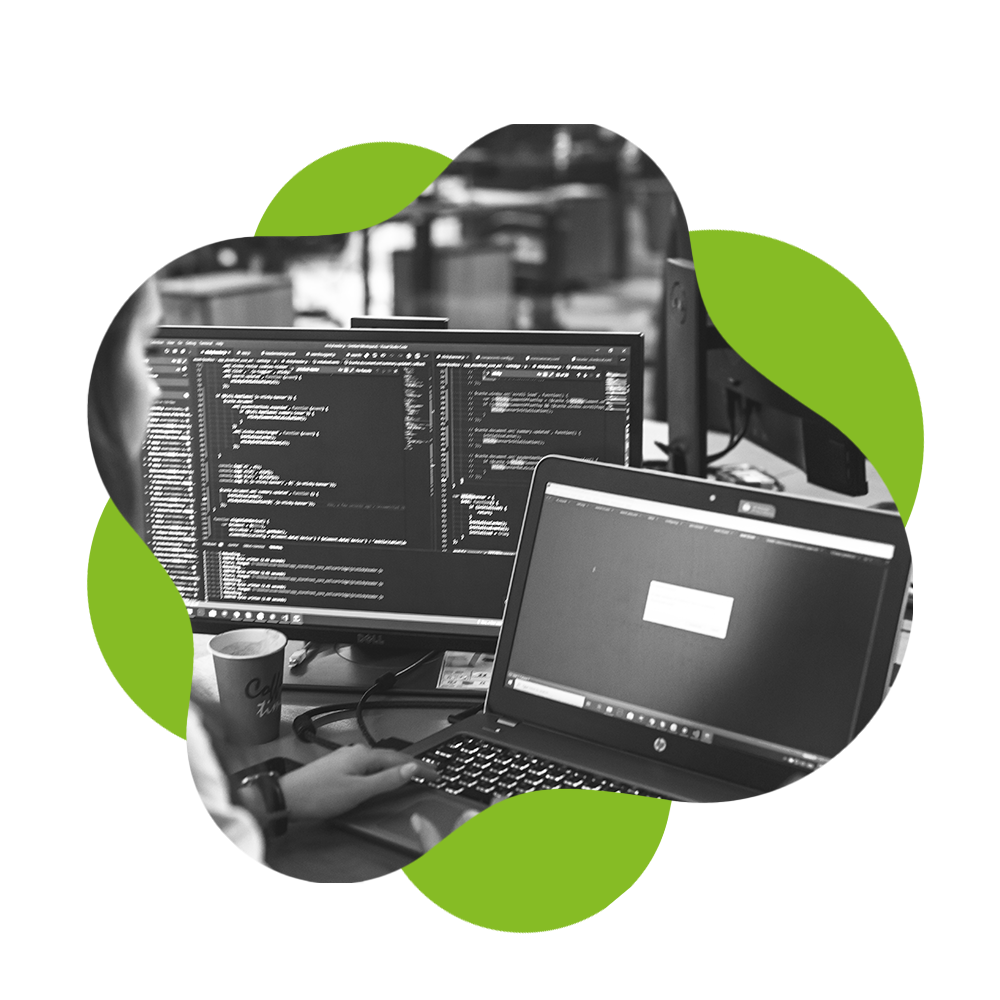
Examples of legacy systems in practice
Did you know that, according to a study, 72 percent of companies and organizations in Germany are faced with the task of updating their business-critical legacy systems? This data from a CIO study is frightening! Legacy systems can be found in many industries and comprise a wide variety of technologies. Typical examples are mainframe systems, which are often used in banks and insurance companies for core processes such as account management or claims processing.
In industry, it is often programmable logic controllers (PLCs) or outdated ERP systems that control production processes. Older CRM systems or self-developed applications based on outdated programming languages such as COBOL or Fortran are also examples of legacy systems. Such systems often form the backbone of corporate IT, but their further development or maintenance becomes increasingly difficult and expensive over time.

FIDA: Your partner for legacy systems
Software and systems that have been in use for many years require regular maintenance in order to maintain their high value for your company. But there comes a point when a fundamental modernisation becomes unavoidable. This may be due to limited maintainability, the need to replace an outdated core technology or to adapt to a new business model.
Do you finally want to make the leap into the digital age and say goodbye to your legacy system? You are in the best hands with FIDA. As a medium-sized software company, we support you not only in maintaining and servicing your legacy system, but also in modernising it sustainably.
Our team of experts has extensive knowledge in the fields of software and systems engineering. Together, we will develop a customised solution that fits your requirements perfectly. From the analysis of the data to the design and implementation - we accompany you step by step.
Our mainframe expertise
Our know-how is characterised by extensive technical project experience in the mainframe environment. Terms such as z/OS, TSO/ISPF, CICS, IMS-DC, VSAM, DB2, COBOL, PL/I, SQL, JCL, RTC/IDz, TWS and BETA92 are not only familiar to us, but are an integral part of our daily work.
Our portfolio includes the optimisation, further development and maintenance of software solutions in the z/OS environment as well as the creation and maintenance of efficient batch processes. We monitor these processes in accordance with agreed service levels and focus on the continuous optimisation and automation of existing processes in order to sustainably increase efficiency potential.

Replacing legacy software - 3 strategies
Replacing legacy software requires well thought-out planning, especially when it comes to data migration. Modern technologies enable existing data to be transferred smoothly to new systems. However, you should not only pay attention to the technical process, but also check which data will really be needed in the future and prepare it in a targeted manner.
The old system is completely replaced by the new system. This option is often cost-effective, but involves risks such as functional failures and requires extensive training.
Functions are transferred to the new system step by step, which minimises the risk of errors. This method allows the new system to be optimised step by step.
The old system remains in operation during the introduction of the new system. This enables thorough testing under practical conditions and the elimination of potential problems caused by the new system.
Each method has its advantages and disadvantages. The choice depends on the individual requirements of your company. A modern, company-specific strategy that minimises risks and ensures long-term success is crucial here.
We develop a customised solution for replacing your legacy software - efficient, secure and tailored to your needs
Reasons to modernise a legacy system
As valuable as a legacy system may be, the technological landscape is constantly evolving. To remain competitive, it is important not only to maintain such systems, but to take them to the next level. FIDA helps you to preserve the value of your digital legacy and make it fit for the future - efficiently, sustainably and with the utmost care.
Successful legacy modernisation means much more than a simple functional upgrade. The focus here is on major changes such as restructuring, a change of technology or even a complete paradigm shift. These are complex projects that involve both technical and organizational challenges.
Despite the associated complexity, modernising your legacy software is an investment that pays off for your company. For example, it enables you to create a future-proof and powerful foundation for your core systems. The result: more efficiency, better scalability and long-term success and security for your company.
Want to learn more about the value and modernisation of legacy systems? Talk to us and let's rethink your system together!
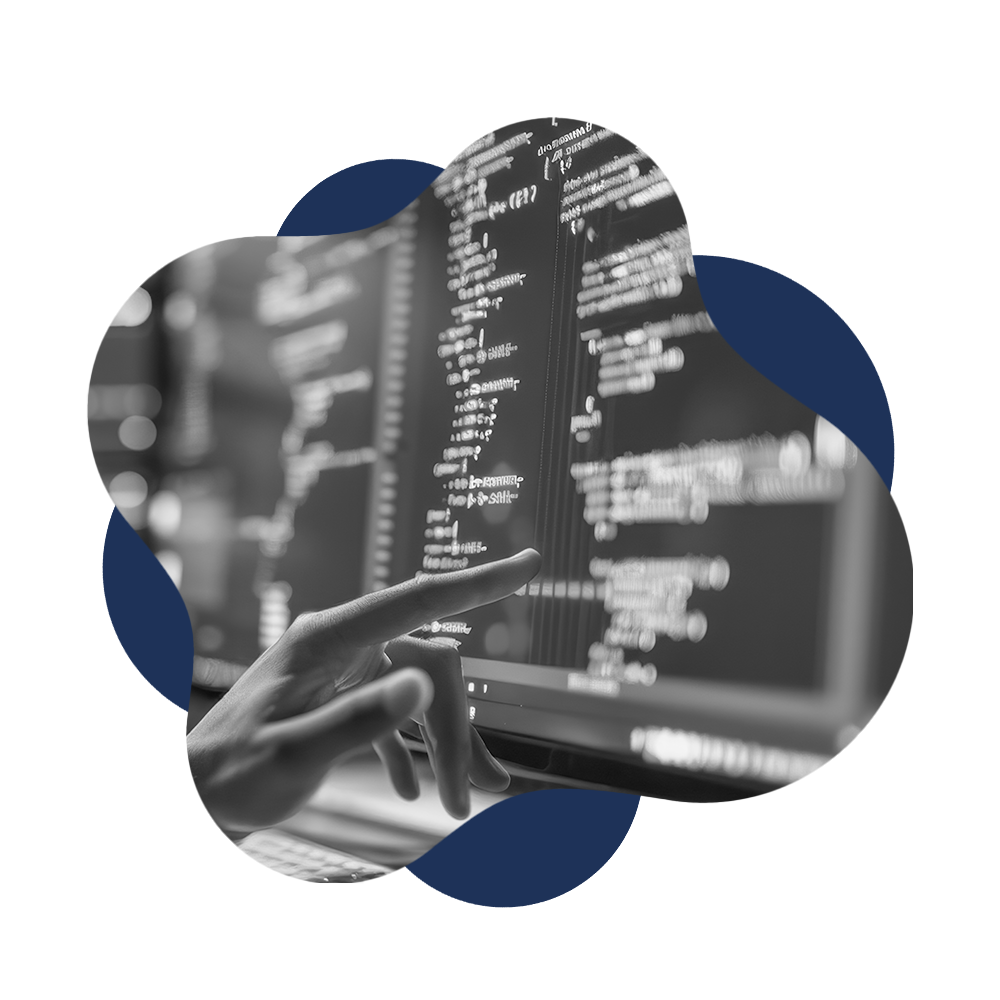
Technologies at the end of their life cycle
Obsolete technologies that once formed the backbone of your software go through a life cycle themselves. Whether open source or commercial - if a technology is no longer being developed or it becomes difficult to find experienced developers for it, a replacement is inevitable. A modernisation offers you the opportunity to switch to new, more powerful technologies that make your system future-proof.
Modernisation as an opportunity for your company
Technologies and business models are developing rapidly and require new resources. It is crucial for the long-term success of your company to examine these innovations and integrate them into the further development of your products. Technological innovations such as cloud and serverless computing, machine learning or 5G open up completely new possibilities. These developments not only have an impact on your system landscape, but often also require organisational adjustments.
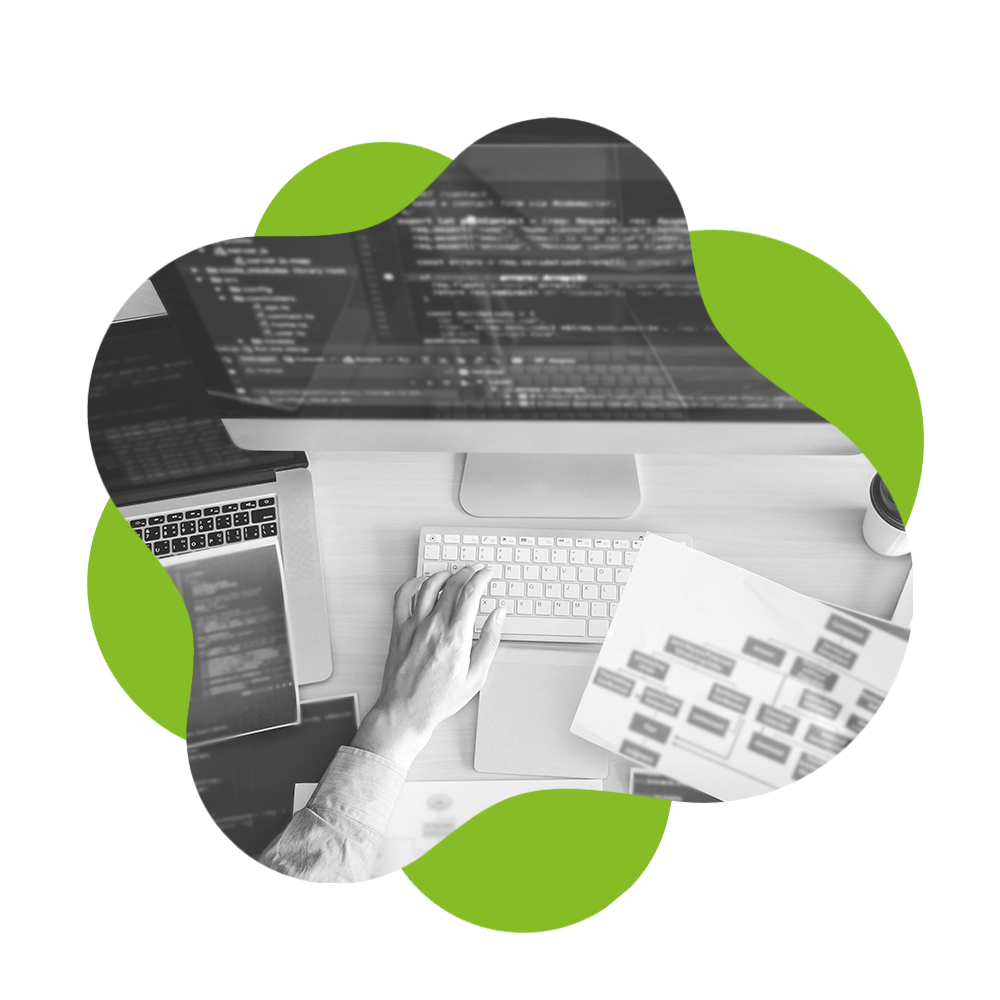
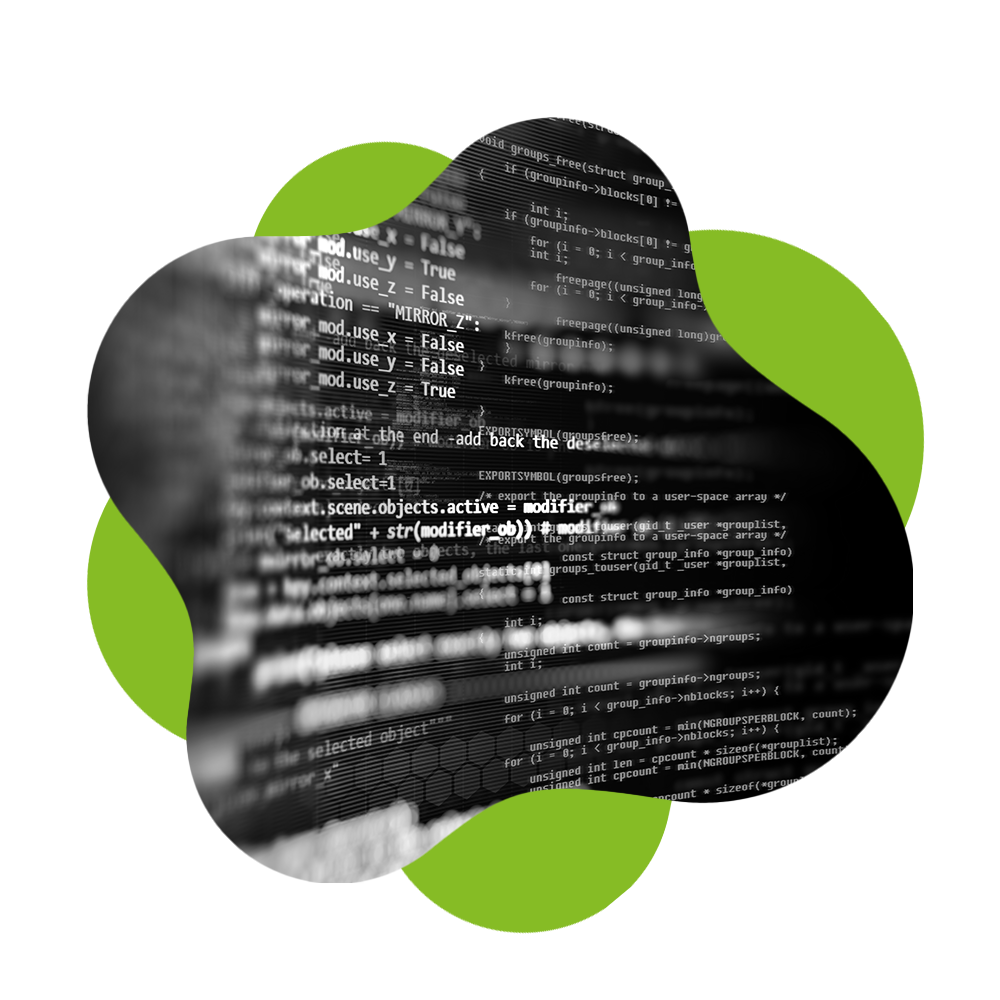
Reducing costs through modernisation
Legacy systems often cause high operating costs, for example due to expensive hardware such as mainframes or cost-intensive environments. Unnecessary costs can also arise during development, for example due to parallel maintenance of several applications for the same use case. Consolidation, in which systems are merged or replaced, significantly reduces these costs.
React faster, act more successfully
Short development and release cycles are a competitive advantage, especially in digital ecosystems. An outdated legacy system seems to be of little advantage here! Modern approaches such as continuous integration and continuous delivery, on the other hand, make it possible to provide multiple updates daily, carry out experiments, collect data and efficiently integrate customer feedback.
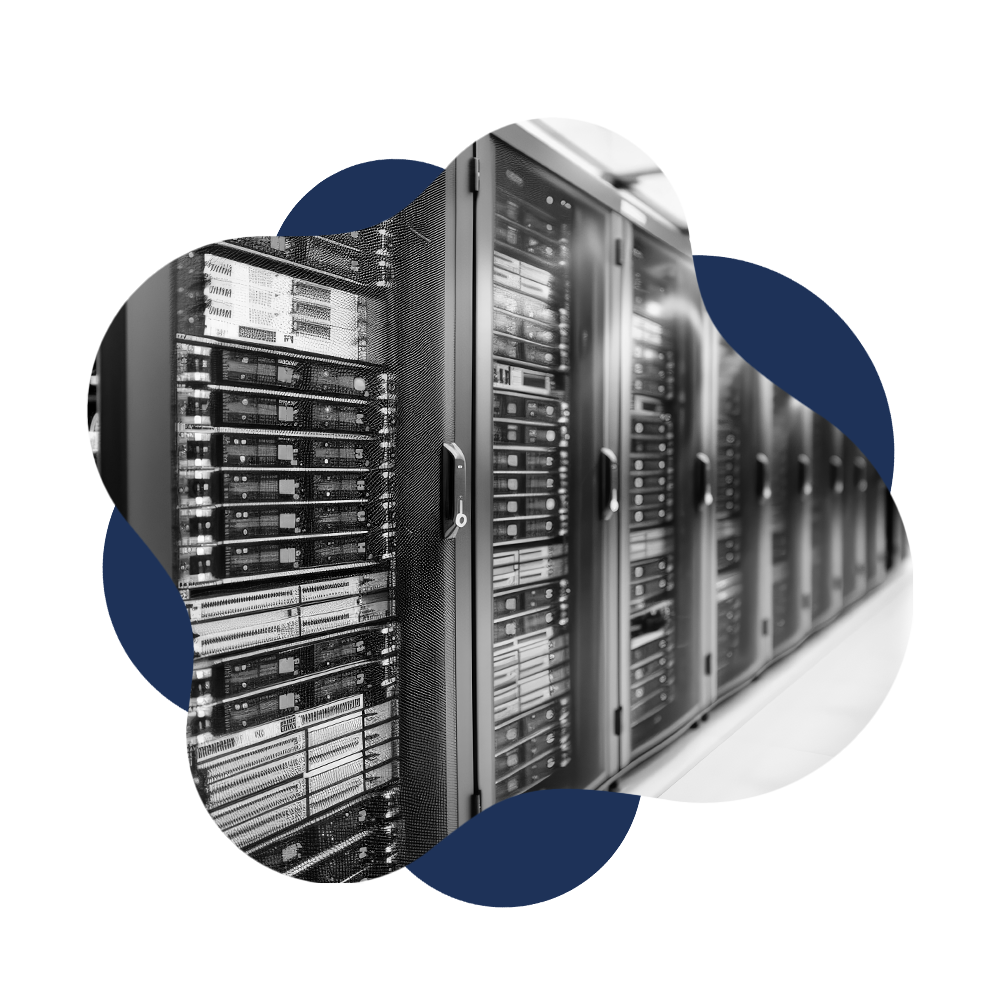
Adapt your company to external conditions
New technologies such as machine learning, data science and cloud computing offer enormous opportunities for innovation and growth. By the way, in our AI consulting we show you how to get your business ready for the future!
Further risks when operating legacy systems
Operating legacy software systems can be quite risky. There are therefore various reasons for modernising such systems.
Outdated systems often no longer receive security updates, making them vulnerable to cyber attacks. Hackers can exploit publicly documented vulnerabilities to penetrate the system. As the security architecture of legacy systems is often not designed for modern threats, they lack protection mechanisms such as modern encryption methods, multi-factor authentication or intrusion detection systems. It can also be difficult to close security gaps in old systems as the source code is no longer maintained or is proprietary. This increases the risk of data theft, system failures or financial losses due to ransomware attacks.
Although the legacy system offers security through experience, it increases the complexity of modernisation. A lack of information or contacts makes the work even more difficult, especially when it comes to dealing with legacy code, as developers who no longer work for the company have often worked on it or interfaces are no longer available. Saying goodbye to the tried and tested is a hurdle for many companies. In addition, legacy applications often have a monolithic structure, which hinders flexible further development. Modifications or extensions are difficult because small changes to one part of the code can have unforeseen effects on the entire system. This limits companies' ability to innovate and makes them less competitive.
Old software may not be compatible with new operating systems or modern hardware, which can lead to difficulties when integrating with new technologies and cloud services. For example, many modern systems only support 64-bit architectures, while older applications still run on 32-bit systems. In addition, new standards in the IT landscape, such as APIs or security protocols, cannot be easily implemented if the legacy system is not designed for them. Companies are then faced with the choice of either developing expensive workarounds or replacing the old system with a modern solution. This can be particularly problematic if the system is used for critical business processes, as a change can be associated with business interruptions and considerable risks.
Manufacturers often no longer offer technical support for legacy systems. Bug fixes or further developments are therefore sometimes expensive and time-consuming. Without official updates, companies either have to employ internal specialists or call in external experts, which often incurs high costs. In addition, required drivers or additional software may no longer be available, which means that the system can no longer function smoothly. If the system fails, companies have to rely on improvised solutions, which leads to longer downtimes and loss of productivity. It is particularly critical if the legacy system controls business-critical processes, as the failure of such systems can lead to considerable economic damage.
Maintaining and operating older systems is often more expensive than modernising them. Specialist knowledge is sometimes required, which becomes increasingly difficult to find over time. Developers who are familiar with outdated programming languages or technologies retire or leave the company, making internal knowledge transfer more difficult. In addition, old systems often require special hardware that is no longer produced in series, making spare parts expensive and difficult to obtain. Energy consumption can also be significantly higher with older systems than with modern solutions, resulting in additional costs in the long term. These factors mean that the total cost of ownership (TCO) of a legacy system is often higher in the long term than that of a modern, cloud-based solution.
Old software can be inefficient and scale poorly, leading to slow processes and loss of productivity. Legacy systems are often not designed for high data volumes or modern working methods, such as distributed working or mobile use. This can lead to delays and long loading times, especially if many users access the system at the same time. There is also often a lack of automation options that are standard in modern systems, which leads to inefficient manual processes. Especially in times of digital transformation, an agile IT infrastructure is crucial for a company's success, but legacy systems often prevent rapid adaptation to market changes.
Customisation of legacy systems
Are you considering making adjustments to your legacy systems? If your business processes have changed and your software needs to meet new requirements, our developers are ready to further develop or adapt your existing software. We will guide you through the entire process, make creative suggestions and add new functions and evaluation options to your software.
Especially with PL/1 systems, which have often been used in companies for decades, we know how important it is to strike a balance between reliable function and innovative further development. Our team not only has in-depth knowledge of PL/1, but also an understanding of the need to integrate these systems seamlessly into the modern IT landscape.
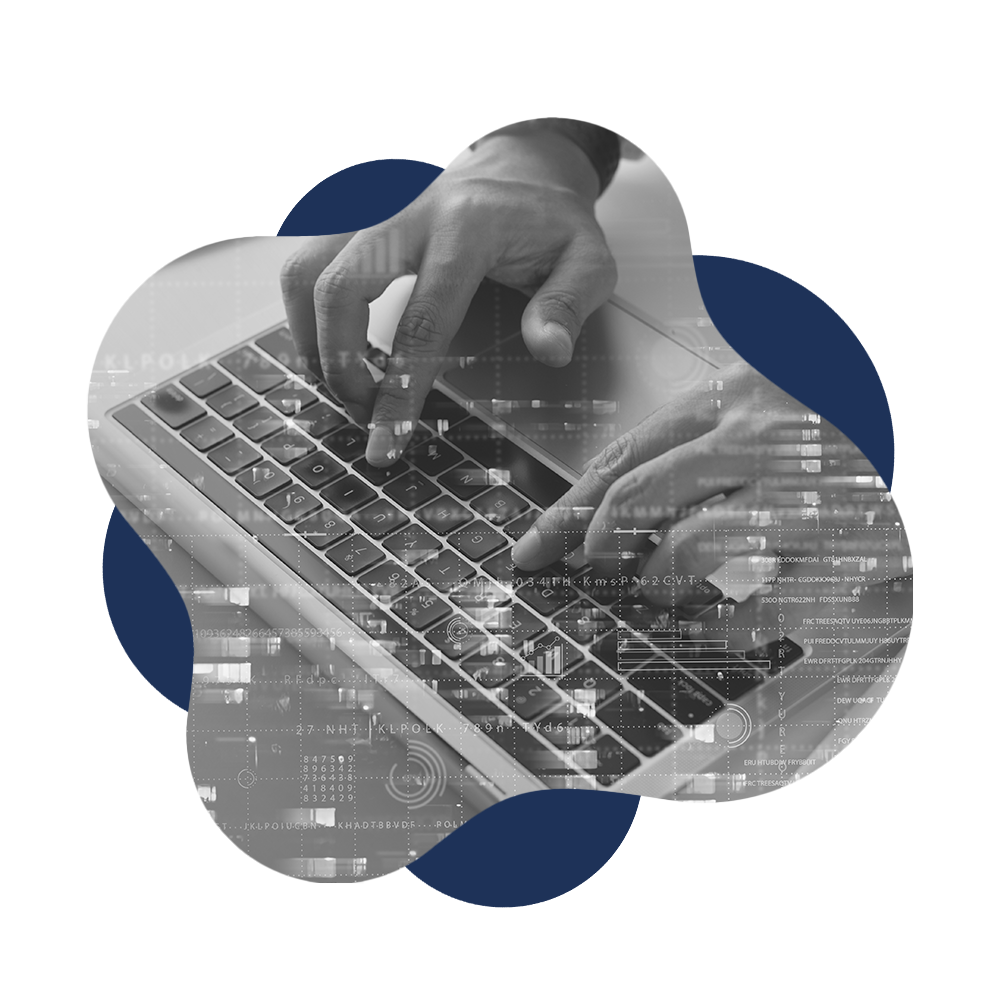
Why FIDA? Because sustainable success is our goal
Are you looking for a solution to the challenge of maintaining, servicing or modernizing your systems? FIDA is the right place for you when it comes to making your existing legacy system fit for the future. We know that the operation and maintenance of legacy systems, such as custom-developed or standard software, can take up a significant amount of your IT department's time. These systems are often critical to business processes, but cannot always adequately reflect the dynamic demands of the market.
But don't worry, old code doesn't necessarily have to be worthless. As a rule, it is individual decisions that determine the fate of old systems or a completely new development. "Life-extending measures" can also be efficient solutions under certain circumstances. With our expertise, we cover various legacy programming languages and offer you options to keep your legacy system running or pave the way for a switch to a new system. We look forward to accompanying you into the future!
Our experience shows that a holistic approach is the key to success. That's why we not only look at the technology, but also at your business processes and strategic goals. With FIDA, you not only secure a future-proof solution, but also a clear competitive advantage. Take the first step towards the future! With this in mind, contact us today and let's transform your legacy software together.
Contactform
Contact us
Together we will find the right solution!



